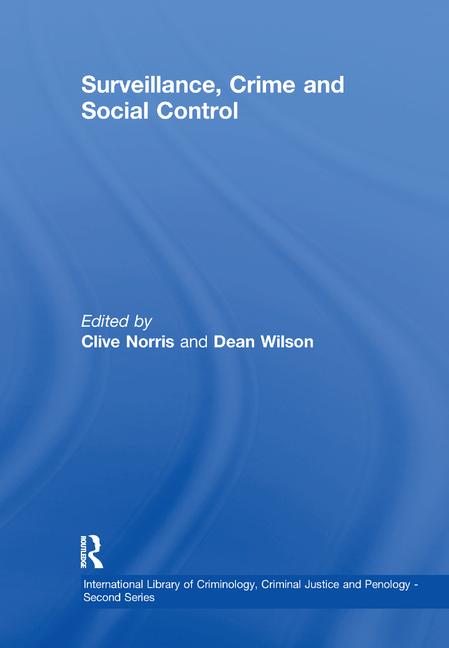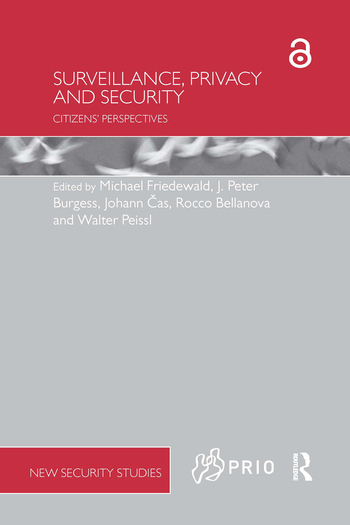Utilizing Lighting and Analytics for Improved Surveillance Upgrades
It's "Lights, Camera, Action-Analytics!" in the theater of surveillance.

Most security professionals, from risk management to law enforcement to members of the military, have acknowledged the progressive overlap of responsibility between physical and logical security missions. Securing the perimeter, doors and windows without adequately securing the IT network and electronic data can be catastrophic in today’s environment of sophisticated intruders! Unfortunately, many organizations, large and small, government and private, continue to struggle with properly identifying the actual components, elements and tasks associated with physical and logical security. Not properly identifying or understanding the components make it nearly impossible to manage and assign oversight responsibility to the right skilled professional. A single C-level individual – be it a chief, agent in charge, director or equivalent – must bridge the gaps between physical, communications and logical/data security elements, especially as we now enter the new era of analytics deployment. Identifying, acknowledging and assigning system outputs of an investigative nature, will decrease “mission creep” and keep your IT staff focused on securing networks/data and their critical function of supporting operations.
Very few businesses or facilities today operate without locking systems on gates, doors and windows, coupled with security cameras, motion light sensors, etc. Most are using legacy closed circuit television (CCTV) systems that utilize analog cameras. It is not my intention to discredit any security platform that you may currently have in place, especially if it is working for you and your budget. However, it is my intention to assist you in getting the best performance by optimizing your current system and recommending future surveillance systems and technologies. To best frame this intention, somewhat like a movie director, I coined the approach as “Lights, Cameras, Action-Analytics!”
Lights
Most CCTV analog camera systems were installed prior to the advent, deployment and understanding of the full benefits of quality LED lighting technologies. For instance, quality LED lighting not only provides tremendous energy savings, reduced heat and maintenance but a more accurate reproduction of natural and white light. Video surveillance systems, cameras and optics strongly depend on the existing lighting at and around the facility being monitored.
Luminance is used to describe reflected light from flat surfaces and is measured in Lux (lx=lm/m2). It is also the method of measuring the sensitivity of a video surveillance-imaging device. Because a video surveillance device depends on reflected light, those surfaces that have greater reflective properties will allow the device to better reproduce images. For example, an asphalt parking lot will not have as great a reflective capability as does concrete paving.
Therefore, you will need more light to reproduce quality images near asphalt surfaces than concrete or lighter surface backdrops.
Even if your budget will not facilitate a digital camera surveillance system upgrade from an analog CCTV system (and yes, you should be switching to digital), changing out older lighting to LED is highly recommended! The most efficient and effective deployment of lighting for quality video in physical security applications is white LED lumination. While environments differ, many legacy CCTV analog surveillance system users who switch to LED lighting report more than 20-percent better color temperature and higher color rendition/fidelity with greater clarity and less distortion. Lower energy consumption and longer life cycle (10 times longer) over the use of high intensity discharge (HID) or sodium vapor lamps and even indoor florescent tubes are also achieved.
Cameras
Digital cameras have been around since 1975 and are now being deployed in every environment imaginable, especially the internet protocol (IP camera) versions. Highly flexible, they come in all types and sizes from ultra-small pinhole to large industrial grade.
Some of the benefits over legacy CCTV analog systems are as follows:
- Picture quality – higher, better resolution and reproduction
- Video analytics capability
- Flexibility and scalability
- Power over Ethernet (PoE)
- Manageability – retrieval of a recorded incident is incredibly expedited vs. pouring over voluminous tapes, access and view video files via mobile apps and remote clouds
- More volume and more secure retention
- Ever expanding capabilities and features
- Existing infrastructure use during switch from analog to digital through encoders
In the event that the highest level of security is needed, IP camera technology has even evolved to provide a cyber-secure version that is fully encrypted between session endpoints!
Action-Analytics
The captured and recorded images of modern digital and IP cameras today are indeed extraordinary! Some are capable of refreshing at well beyond 15 frames per second. This produces a mammoth video data stream that is perfect input for computer video analytic engines to use in detecting possible threats and provide alerts to individuals responsible for taking action.
The newest technology has advanced to a true machine learning solution whereby the computer analytic engine teaches itself to detect anomalies in a specific environment. It literally adapts to your unique environment while monitoring normal business practices. This field-seasoned technology stands out above others in the field of artificial intelligence, providing real-time alerts to law enforcement officials, risk managers, store owners and others. Imagine a 15-second video clip sent to your phone of a smoking wall outlet or a person approaching a gate well after operating hours! This is timely information that will allow you to act prior to an incident.
Over the years, numerous studies have examined the effectiveness of individuals tasked to monitor multiple video screens. They report gaps in concentration and alertness occurring after 15 to 20 minutes of continuous monitoring. Adding an additional person with fresh eyes, varying their assignments and activities, and providing numerous breaks were recommended to alleviate fatigue and restore the individual’s alertness. A computer analytics solution is more effective, affordable and fully scalable, supporting small camera video monitoring network needs as well as the behemoths requiring thousands of cameras to be monitored at once.
Summary
The quality of optics being used in the truly exceptional, highest graded systems allow for video capture and reproduction of images in environments with very low to nearly no backlighting. In the not too distant future, we can expect this technology to find its way to the general commercial consumer. In the meantime, the intent of this article is to address the needs of the vast majority of the lighting, cameras and action-analytics user population.
Most organizations, government and private, have scarce resources to devote towards their ever-rising safety and security needs. This three-step model further optimizes your resources by providing a force multiplier. You are now able to more efficiently and effectively target and prioritize, in real time, events that you determine require an appropriate response.
I believe that this new era of machine learning analytics are the precise tools needed by organizations, government and private, who must maintain constant vigilance and eyes on the target.
Looking for a reprint of this article?
From high-res PDFs to custom plaques, order your copy today!








